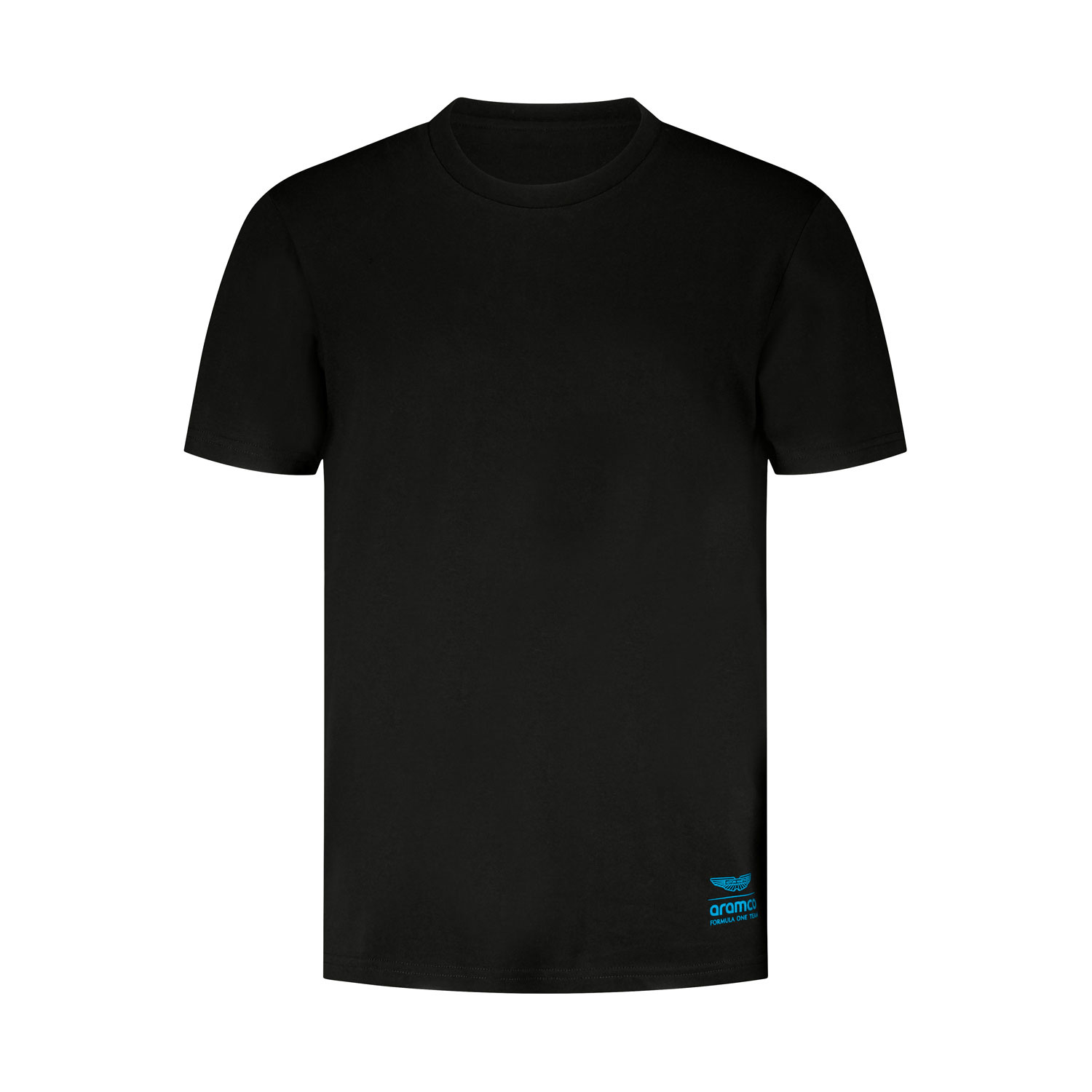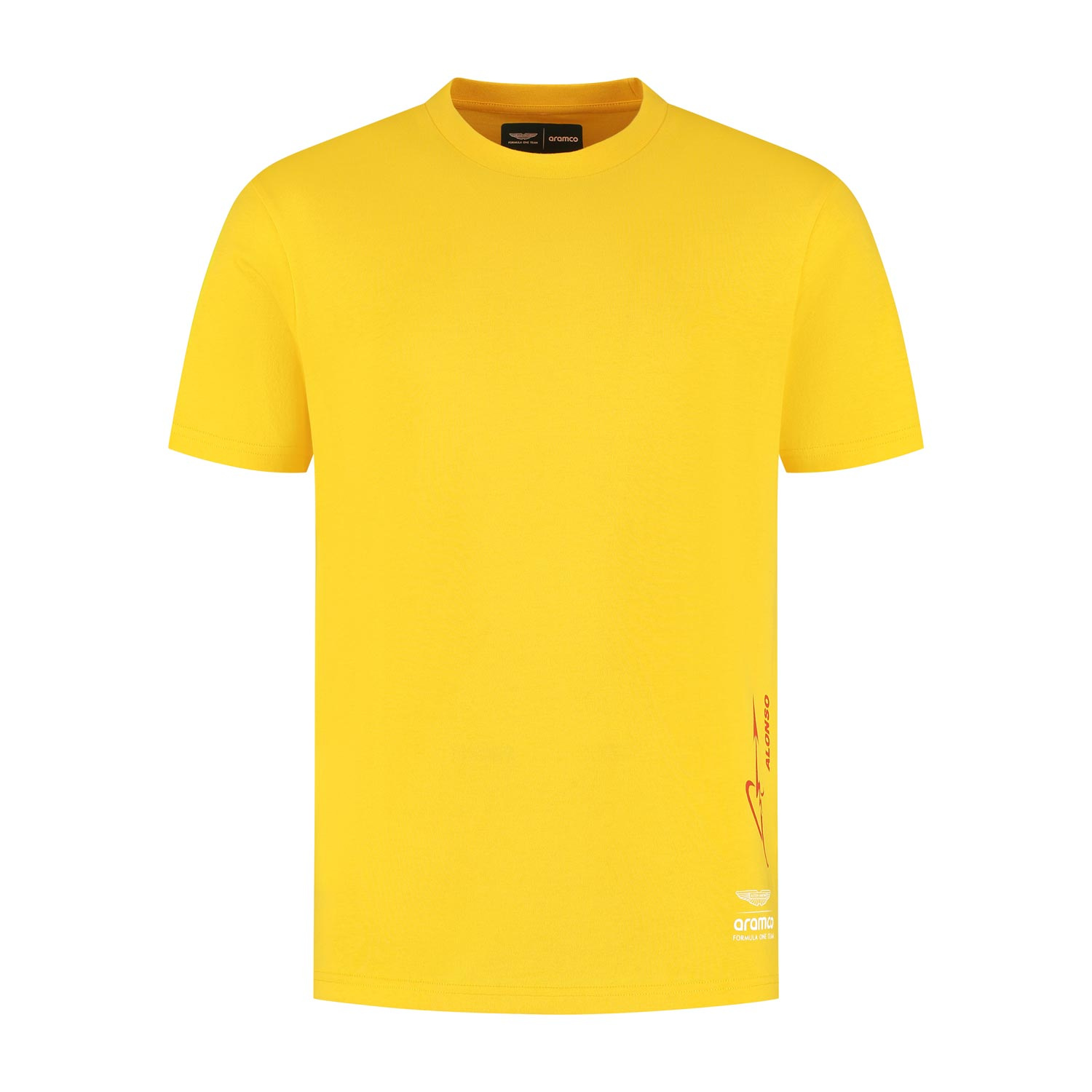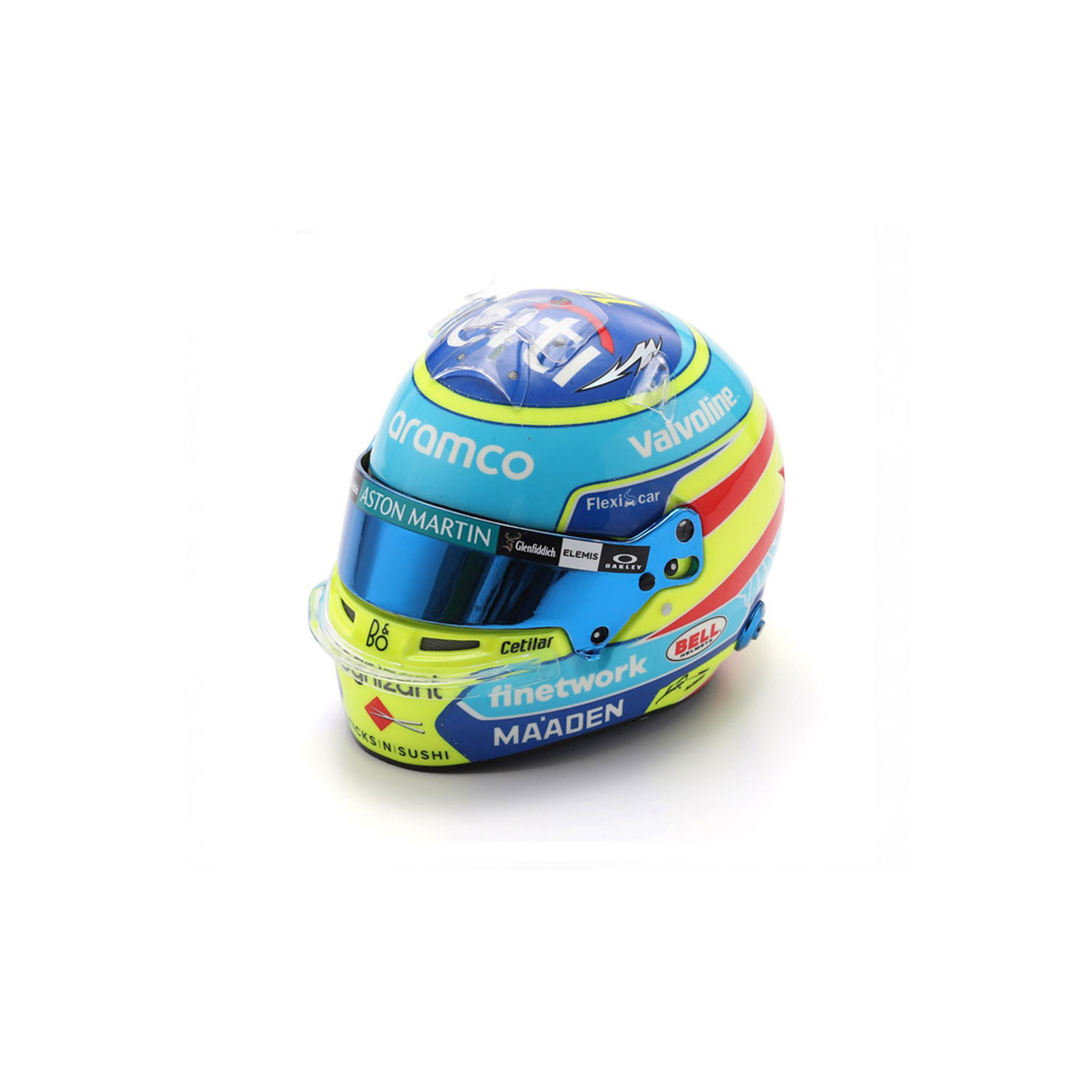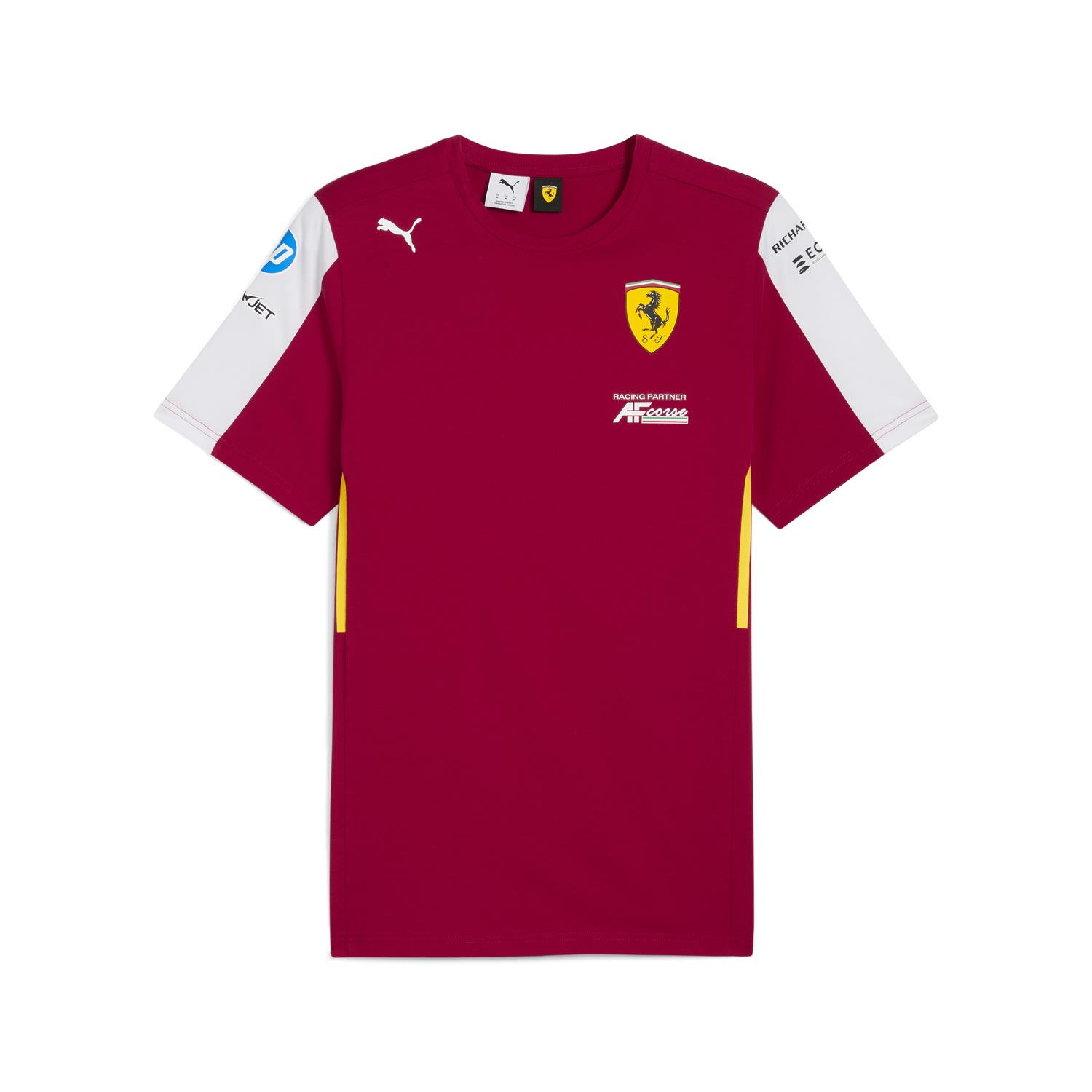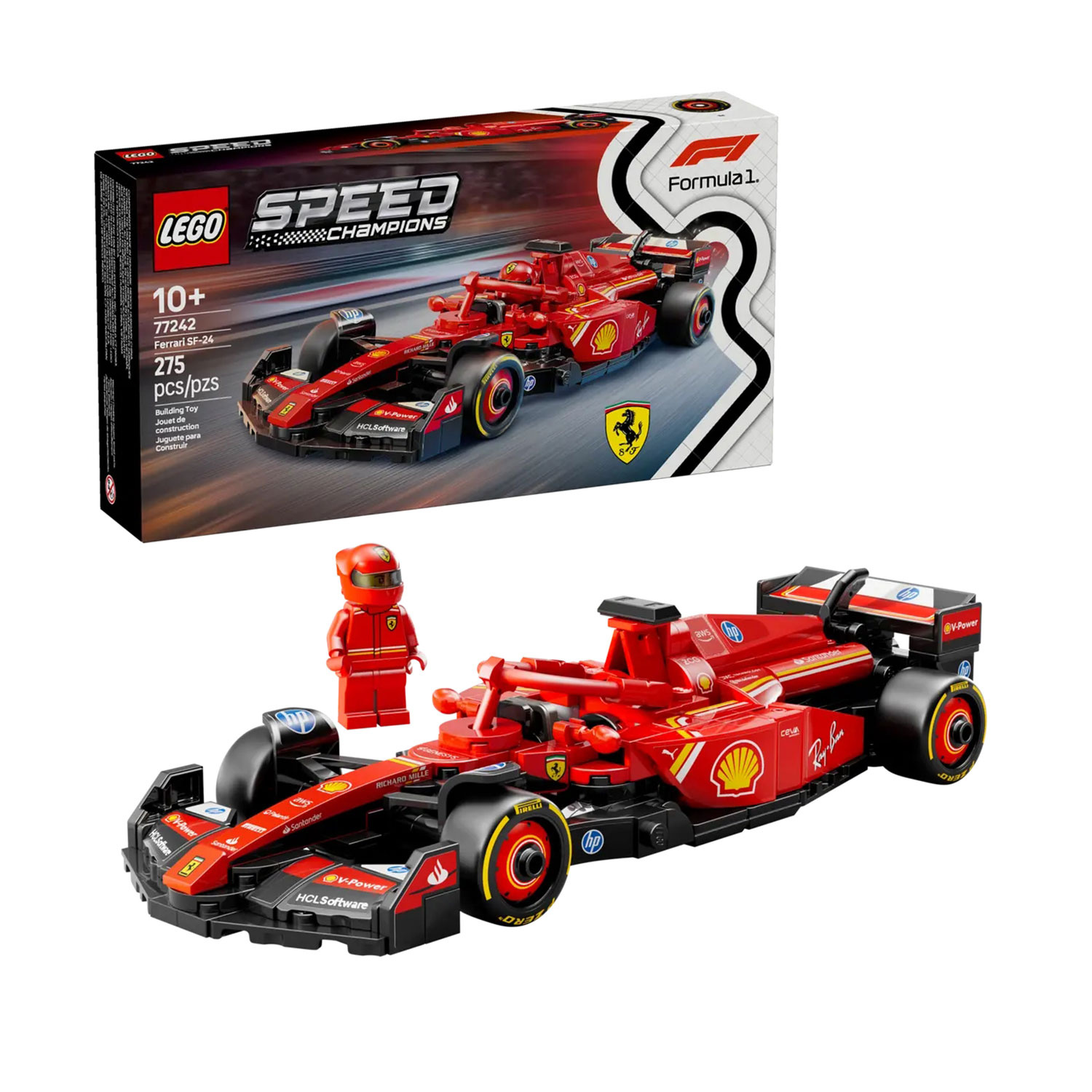What Does DRS Mean in F1?
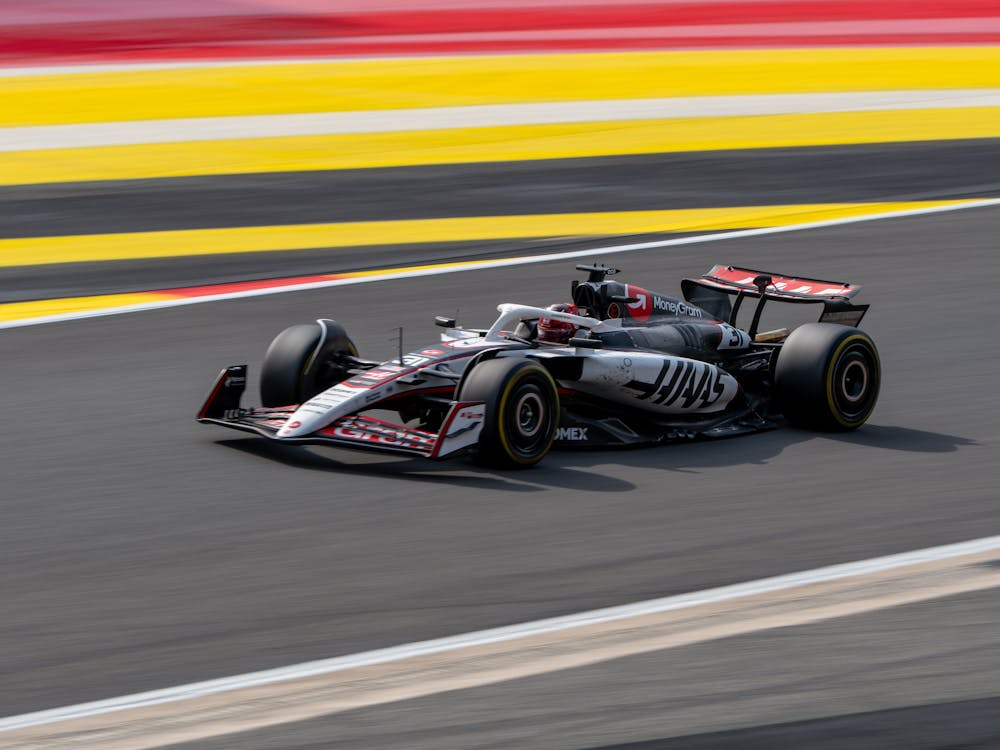
In Formula 1, where every millisecond matters and small choices can decide the outcome of a race, learning the main technical terms helps fans and newcomers follow the action.
One of the most common, and often debated, terms is DRS. DRS means Drag Reduction System. It is a driver-controlled part of the rear wing that reduces aerodynamic drag to raise top speed and help with overtaking. It gives a short burst of speed and adds an exciting, sometimes controversial, element to racing.
The system uses a movable flap on the rear wing. When a driver activates it, the flap opens and changes the airflow, cutting resistance as the car moves through the air.
This drop in drag leads to higher straight-line speed and gives the car behind a clear advantage. But there are strict rules on how and where it can be used to keep racing fair and exciting.
Origin and Purpose of DRS
Adjustable aero parts have appeared in racing before, but the driver-operated DRS used today arrived in Formula 1 in 2011. Before DRS, rising downforce levels made cars very hard to follow closely. The disturbed air from the car in front hurt the grip and aero of the car behind, so passes became rare on many tracks.
DRS was brought in to fix that problem and promote more overtakes. The FIA wanted a tool that let a following driver overcome some of the aero loss for a short time, creating more chances to pass while keeping driver skill at the center.
How the DRS Acronym Is Used in Formula 1
In broadcasts and team chats, “DRS” comes up all the time. You might hear, “He’s got DRS!” when a driver opens it to gain speed. Teams also talk about “DRS enabled” and “DRS zones.”
People use the term all weekend, not just during the race. Teams study how strong DRS is at each track, and drivers plan passes and defense around it. The system is powerful, but heavily regulated, so its use adds another layer of strategy rather than acting as a simple “push to pass” button.
Why Was DRS Introduced in Formula 1?
DRS arrived in 2011 to solve a growing problem: overtaking had become too hard. Modern F1 cars make huge downforce for cornering speed, but that creates “dirty air” behind them. Dirty air disrupts the front wing and aero parts of the car behind, cutting grip and making it tough to follow closely.
Even faster drivers often could not get close enough to try a pass, especially on tracks with short straights. The 2010 Abu Dhabi finale showed this clearly: Fernando Alonso needed to get past Vitaly Petrov to win the title but was stuck behind him for lap after lap.
Moments like that pushed the sport to add a tool that could level things a bit and spark more on-track fights.
Addressing Overtaking Challenges
Before DRS, overtaking reached a breaking point. Aero gains made cars great in clean air but poor when following. The loss of downforce in a wake hurt corner speed and stressed tires and brakes, cutting chances to pass.
DRS was a direct response. By letting the car behind reduce drag for a short time, it offset some of the aero losses and helped it close the gap on straights. That put more cars in range to try a pass under braking into the next corner.
The idea was to enable real moves, not make passing automatic, and to support closer battles.
Influence on Race Strategies and Tactics
DRS changed how teams and drivers plan a race. A straight was no longer safe if a rival sat within a second. Teams now decide when to attack with DRS and how to defend against it.
We saw clever games at the 2022 Bahrain Grand Prix, where Charles Leclerc braked early at Turn 1 to keep DRS into Turn 4 and take the lead back from Max Verstappen.
Where and how many DRS zones a track has are key choices. Engineers study data to pick the best spots, and drivers must time the button press well.
Defenders try to pull more than a one-second gap or place their car so a pass stays difficult even with DRS. It turned race weekends into a fast-moving chess game, with DRS use and denial shaping outcomes.
How Does DRS Work on an F1 Car?
DRS aims to reduce drag for a short period by changing the rear wing position. The idea is simple, but the engineering is precise and built to work instantly at very high speeds.
When a driver activates DRS, a flap on the rear wing raises and changes the wing’s angle. This small movement has a big effect on airflow, letting the car accelerate quicker and reach a higher top speed.
A hydraulic actuator moves the flap the moment the driver presses the button, and it closes again when the driver releases the button or brakes.
Functional Description of DRS Systems
The rear wing has a main plane and a flap. DRS moves the flap to a flatter angle. That reduces the area facing the air and lowers drag. Imagine a spoiler you can flatten for speed-this is like that, but far more precise.
A button on the steering wheel controls the system. When allowed, the driver presses it, the actuator opens the flap, and when braking or lifting off, it shuts. Closing the flap brings back downforce and stability for cornering.
Design and Location of the Rear Wing Flap
The movable piece is the upper flap of the rear wing. Under FIA rules, it can open by up to 85 millimeters (about 3.3 inches) from the main plane. This limit keeps speeds and safety in check and avoids too large a gap between cars.
The rear wing sits at the back of the car, managing airflow and generating downforce that pushes the car onto the track. DRS fits into this structure so the wing stays strong and safe while allowing temporary adjustment.
Impact of DRS on Airflow and Downforce
With the flap closed, the rear wing works like an upside-down airplane wing. It creates a pressure difference that pushes the car down, giving grip in corners. The trade-off is drag, which lowers top speed.
When DRS opens the flap, airflow over the wing “stalls,” cutting the pressure difference. Both downforce and drag drop. That hurts cornering but helps on straights, where grip matters less and speed matters more. This trade is what makes DRS useful for overtaking.
Effect on Straight-Line Speed and Overtaking
DRS adds clear straight-line speed. The FIA says the gain can be around 10-12 km/h (6.2-7.5 mph) by the end of a zone, while some engineers quote 4-5 km/h. Either way, it often gives the following car the boost needed to close in or get alongside.
This speed gap can turn a stalemate into a fight for position. Zones sit on long straights to make the most of the effect. But as Daniel Ricciardo points out, DRS alone doesn’t guarantee a pass. Drivers still need to nail the braking zone and the move itself.
When Can Drivers Use DRS During a Race?
DRS helps a lot, but drivers can’t use it anywhere, anytime. Strict rules control where and when it’s allowed, to keep racing fair and safe.
To follow the action, it helps to know how DRS eligibility works: detection points, activation zones, timing gaps, and limits during special situations like restarts or rain.
DRS Detection and Activation Zones
Each track has one or more DRS zones, usually on long straights. Before each zone sits a detection point that measures the time gap to the car ahead.
If the gap is under one second at the detection point, the driver behind may use DRS in the next activation zone.
Activation zones are marked with “DRS” signs and shown on the driver’s dash.
Most tracks have two zones; some have three or even four, and this can change year to year.
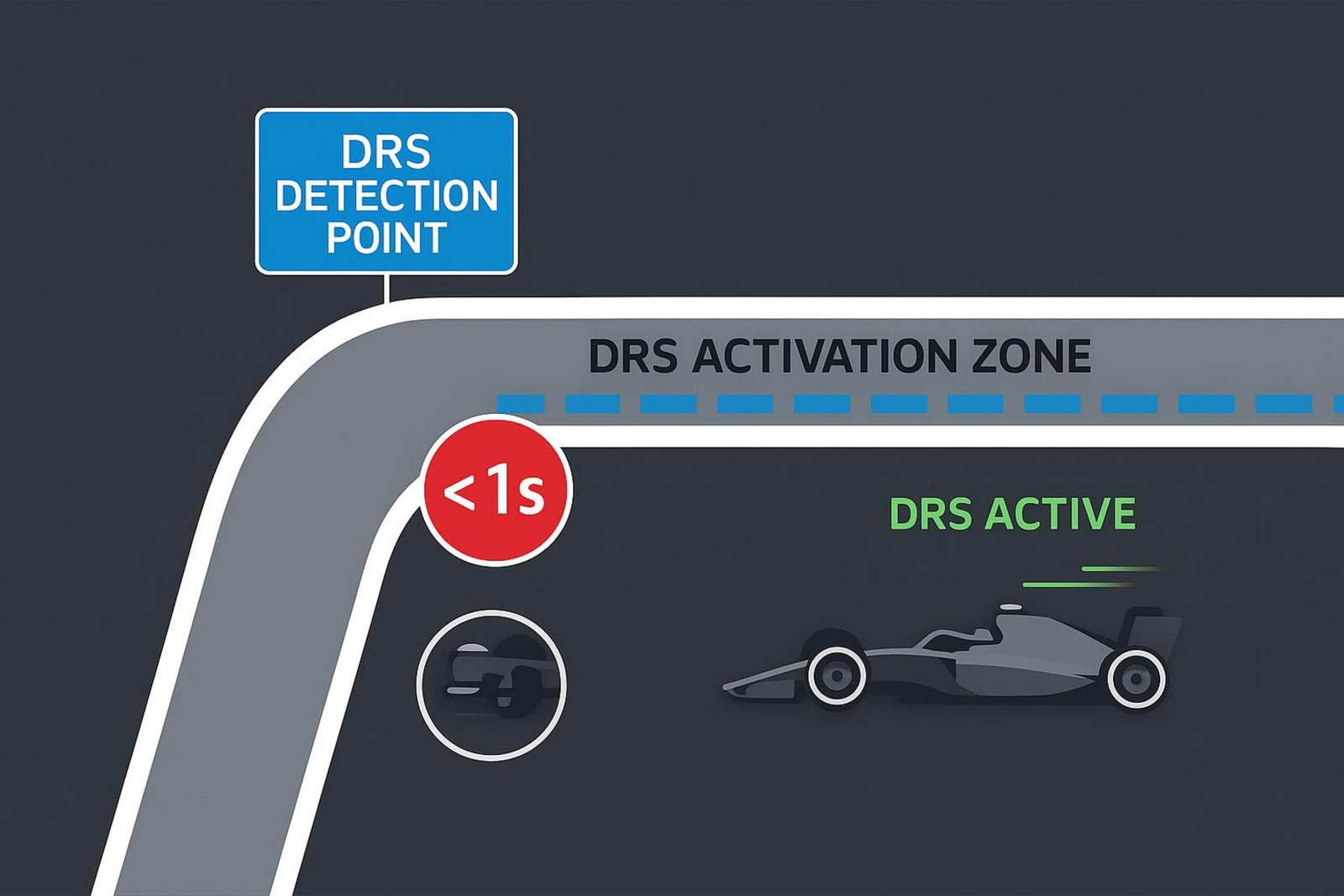
Time Gap Requirements for Activation
The key rule is the one-second window. A driver can open DRS only if they cross the detection point less than one second behind the car in front. This applies when racing for position or when trying to unlap.
The car ahead cannot use DRS to defend in that same zone, which keeps the focus on helping the chasing car get close enough to try a move. The FIA can adjust the one-second setting if needed to keep the balance between attack and defense.
DRS Rules for Qualifying and Race
Usage differs between practice/qualifying and the race. In practice and qualifying, drivers can open DRS in the set zones even with no car ahead. At first in 2011 they could use it anywhere in those sessions, but it was later limited to zones for safety, especially at fast corners.
In races, rules are stricter. Besides the one-second and zone limits, DRS is disabled on the first lap and on the first lap after a safety car or red flag restart. That keeps starts and restarts focused on car performance and driver skill without instant DRS help.
Restrictions Due to Track Conditions or Race Incidents
If conditions are unsafe, race control can turn off DRS right away, most often in the wet. For example, at the 2011 Canadian Grand Prix, DRS was disabled during heavy rain. If there’s an incident near a DRS zone, activation can be suspended to avoid extra risk.
At the 2021 Belgian Grand Prix, extreme weather meant the whole event ran behind the safety car and ended early, so DRS was never used. Safety comes first, even if that removes some of the excitement that DRS can bring.
Benefits and Criticisms of DRS in F1
Like many F1 ideas, DRS brings mixed views. It has raised the number of overtakes and delivered closer action, but some fans and drivers feel it makes passing too easy or “artificial.” Its impact is clear, while opinions on it remain split.
DRS has increased passing chances and on-track battles. At the same time, some think it removes part of the art of overtaking and makes defense harder for the lead car.
The sport keeps working to strike the right balance between tech, fairness, and entertainment.
Positive Effects on Racing and Spectacle
DRS has helped produce more overtakes and livelier races. Before it arrived, many events saw cars stuck in line because of aero limits. DRS helped counter dirty air and let drivers get close enough to attempt moves.
This led to more side-by-side fights and lead changes. The Leclerc vs. Verstappen battle in Bahrain 2022 showed how DRS can set up back-and-forth racing over several laps. It has boosted the viewing experience and made outcomes less predictable.
Common Criticisms Raised by Drivers and Fans
Many say DRS makes overtakes too easy and turns a skilled move into something too simple. Juan Pablo Montoya once called it “giving Picasso Photoshop,” and Sebastian Vettel called it “artificial,” even joking about throwing bananas like in Mario Kart.
Another complaint is that the leader can’t use DRS to defend. A driver with strong corner speed can still be a sitting duck on the straight. That can feel unfair to the defender and reduce the depth of a pure fight between two drivers on equal terms.
DRS Train: What Happens When Multiple Cars Have DRS?
A “DRS train” happens when several cars run within one second of each other. The first car in the line can’t use DRS, but every car behind it can.
When everyone in the line opens DRS, they all gain a similar speed boost, canceling out the advantage. The result can be a queue with few passes. Teams often try an undercut pit stop to get their driver into clean air and break free from the train.
How Does DRS Compare to Other F1 Terms and Systems?
F1 uses many systems that affect speed, strategy, and energy use. DRS is one of them. To see where it fits, it helps to compare it with other tools and effects used in racing. This wider view shows the engineering and planning that sit behind every race.
ERS vs. DRS: Key Differences
ERS (Energy Recovery System) and DRS both give drivers a boost, but they work in different ways and serve different goals.
ERS collects energy under braking (MGU-K) and from the turbo’s heat (MGU-H), stores it in a battery, and lets the driver use that energy as extra power-around 160 hp for roughly half a minute per lap-to attack or defend.
DRS is an aero device. It doesn’t add power. It cuts drag by changing the rear wing to help the car go faster on straights with the power it already has.
ERS adds power; DRS reduces resistance. Both matter, but they rely on different physics and have different rules and strategies.
Feature | ERS | DRS |
Type | Hybrid power system | Aerodynamic device |
Main goal | Add electrical power | Reduce drag |
How it works | Harvests and deploys energy (MGU-K/MGU-H) | Opens rear wing flap |
Driver control | Button/strategy maps | Button in set zones |
Typical effect | ~160 hp for short bursts | +4-12 km/h on straights |
Usage limits | Energy per lap and deployment rules | One-second gap and zone rules |
Slipstreaming and DRS: Combined Overtaking Tools
Slipstreaming, or “the tow,” is a natural effect. A car following closely sits in a low-pressure pocket behind the car ahead, reducing drag and gaining speed. Drivers use it on long straights to set up a pass.
Slipstreaming and DRS can work together. If a driver is in the tow and within one second at the detection point, they can open DRS for even less drag.
This combo can create big speed gaps, like when Max Verstappen gained about 20 mph over Lewis Hamilton in Saudi Arabia with both tow and DRS. Used well, the pair can set up some of the boldest moves in F1.

